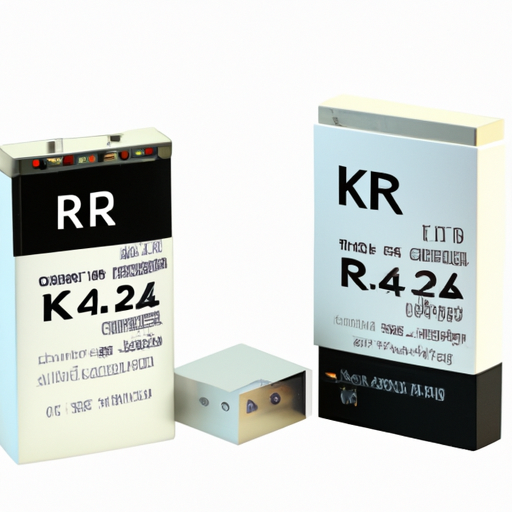

The Universal Asynchronous Receiver Transmitter (UART) is a widely used communication protocol in the field of electronics and computer science. It allows for the serial transmission of data between devices, making it a crucial component in many systems. In order for UART devices to communicate effectively, there are certain product standards that must be met. These standards ensure that UART devices are compatible with each other and can reliably transmit data without errors. In this article, we will explore the product standards for UART and why they are important.

Another important product standard for UART is the data format. UART devices must agree on the format of the data being transmitted, including the number of data bits, stop bits, and parity bits. The number of data bits determines the size of each data packet, while stop bits are used to indicate the end of a data packet. Parity bits are used for error checking and can be set to even, odd, or none. By agreeing on a standard data format, UART devices can ensure that data is transmitted and received correctly.
In addition to baud rate and data format, UART devices must also adhere to standards for voltage levels. UART devices typically use voltage levels of either 5V or 3.3V for communication. It is important for devices to use the same voltage levels in order to prevent damage to the devices and ensure reliable communication. If one device uses 5V and the other uses 3.3V, a level shifter may be required to convert the voltage levels and allow for proper communication.
Another important product standard for UART is the physical connection between devices. UART devices typically use a serial port with a specific pinout configuration for connecting to other devices. The most common pinout configuration for UART devices is the DB9 connector, which has nine pins for transmitting and receiving data, as well as providing power and ground connections. By adhering to a standard pinout configuration, UART devices can easily connect to each other and communicate effectively.
In addition to these product standards, UART devices must also meet certain performance standards in order to ensure reliable communication. This includes standards for data integrity, error checking, and flow control. Data integrity standards ensure that data is transmitted and received accurately, while error checking standards help to detect and correct errors in communication. Flow control standards help to manage the flow of data between devices, preventing data loss and ensuring efficient communication.
Overall, product standards for UART are essential for ensuring that devices can communicate effectively and reliably. By adhering to standards for baud rate, data format, voltage levels, physical connection, and performance, UART devices can ensure compatibility with each other and prevent errors in communication. These standards help to establish a common language for communication between devices, making UART a versatile and widely used protocol in the field of electronics.
The Universal Asynchronous Receiver Transmitter (UART) is a widely used communication protocol in the field of electronics and computer science. It allows for the serial transmission of data between devices, making it a crucial component in many systems. In order for UART devices to communicate effectively, there are certain product standards that must be met. These standards ensure that UART devices are compatible with each other and can reliably transmit data without errors. In this article, we will explore the product standards for UART and why they are important.

Another important product standard for UART is the data format. UART devices must agree on the format of the data being transmitted, including the number of data bits, stop bits, and parity bits. The number of data bits determines the size of each data packet, while stop bits are used to indicate the end of a data packet. Parity bits are used for error checking and can be set to even, odd, or none. By agreeing on a standard data format, UART devices can ensure that data is transmitted and received correctly.
In addition to baud rate and data format, UART devices must also adhere to standards for voltage levels. UART devices typically use voltage levels of either 5V or 3.3V for communication. It is important for devices to use the same voltage levels in order to prevent damage to the devices and ensure reliable communication. If one device uses 5V and the other uses 3.3V, a level shifter may be required to convert the voltage levels and allow for proper communication.
Another important product standard for UART is the physical connection between devices. UART devices typically use a serial port with a specific pinout configuration for connecting to other devices. The most common pinout configuration for UART devices is the DB9 connector, which has nine pins for transmitting and receiving data, as well as providing power and ground connections. By adhering to a standard pinout configuration, UART devices can easily connect to each other and communicate effectively.
In addition to these product standards, UART devices must also meet certain performance standards in order to ensure reliable communication. This includes standards for data integrity, error checking, and flow control. Data integrity standards ensure that data is transmitted and received accurately, while error checking standards help to detect and correct errors in communication. Flow control standards help to manage the flow of data between devices, preventing data loss and ensuring efficient communication.
Overall, product standards for UART are essential for ensuring that devices can communicate effectively and reliably. By adhering to standards for baud rate, data format, voltage levels, physical connection, and performance, UART devices can ensure compatibility with each other and prevent errors in communication. These standards help to establish a common language for communication between devices, making UART a versatile and widely used protocol in the field of electronics.